Puff Adder Bitis arietans (Poffadder)
Family: Viperidae. Subfamily: Viperinae
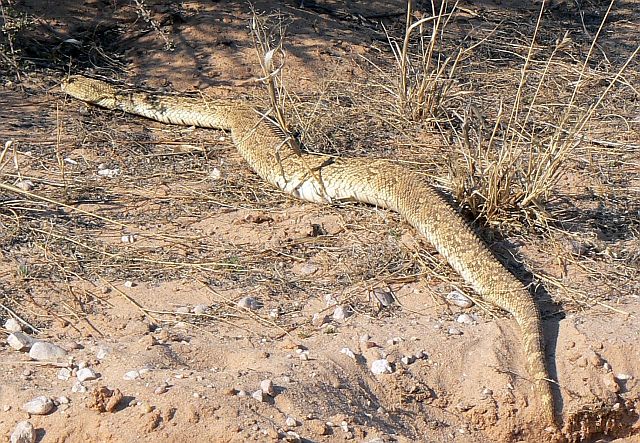
Kgalagadi Transfrontier Park
Characteristics
• Sluggish with a very fast strike with distinct hissing noise
• Vivid black chevron markings on yellow “keeled scales”
• Broad shovel-shaped head
• Very big nostrils
• Telltale line between its eyes
• Average size 80-100 cm
Size
The average length for these snakes is 90cm-1.1m. There are however records of specimens exceeding 1.9m although this is rare. What these snakes lack in length, they make up in bulk. Specimens exceeding 4kg are not uncommon.
Description
This is a thick robust heavily built snake. It has the distinctive triangular head normally associated with the genus. It has 'front-hinged' fangs situated at the front of the mouth which fold back into the roof of the mouth within a protective sheath when the mouth is closed. When the mouth opens the fangs unfold outwards, similar to the action of a 'switch-blade'. These fangs may be very long and penetrate deeply into the tissues during a bite.
The anatomy of Puff adder fangs
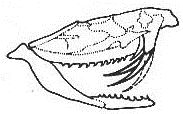
The Puff adder (like most members of the Viperidae family), is an ambush predator and thus colours vary greatly depending on the geographic location. It is also not uncommon to find a variation in colour within a relatively small area.
The head has two well-marked dark bands: one on the crown and the other between the eyes. On the sides of the head, there are two oblique dark bands or bars that run from the eye to the supralabials. Below, the head is yellowish white with scattered dark blotches. Iris color ranges from gold to silver-gray.
Dorsally, colours range from yellow, light brown, dark brown, orange, ochre, tan, beige. This is overlaid with a pattern of 18–22 backwardly-directed, dark brown to black bands that extend down the back and tail. Usually these bands are roughly chevron-shaped, but may be more U-shaped in some areas. They also form 2–6 light and dark cross-bands on the tail. Some populations are heavily flecked with brown and black, often obscuring other coloration, giving the animal a dusty-brown or blackish appearance. The belly is white or yellow with several dark blotches randomly scattered along the length of the body.
Newborn young have golden head markings with pinkish to reddish ventral plates toward the lateral edges.
Generally, though, these are relatively dull-looking snakes, except for male specimens from the Cape Province, South Africa, that usually have a striking yellow and black color pattern.
Scalation
The rostral scale is small. The circumorbital ring consists of 10–16 scales. Across the top of the head, there are 7–11 interocular scales. 3–4 scales separate the suboculars and the supralabials. There are 12–17 supralabials and 13–17 sublabials. The first 3–4 sublabials contact the chin shields. Often, there are two fangs on each maxilla and both can be functional. Midbody there are 29–41 rows of dorsal scales. These are strongly keeled except for the outermost rows. The ventral scale count is 123–147, the subcaudals 14–38. Females have no more than 24 subcaudals. The anal scale is single.
Geographical distribution
This species is the most common and widespread venomous snake in Africa. It's geographic range includes: South Africa, Namibia, Swaziland, Lesotho, Botswana, Zimbabwe, Mozambique, Malawi, Angola, Zambia, Tanzania, Kenya, Uganda, Burundi, Rwanda, Congo, Democratic republic of Congo (Zaire), Gabon, Equatorial Guinea, Burkina Faso, Cameroon, Nigeria, Niger, Central African Republic, Benin, Togo, Ghana, Ivory Coast, Liberia, Sierra Leone, Ethiopia, Eritrea, Guinea, Guinea Bissau, Gambia, Senegal, Mauritania, Mali, Chad, Algeria, Morocco, Saudi Arabia, Oman, and Yemen.
Two races are recognised:
Bitis arietans arietans, the common widespread puff adder.
Bitis arietans somalica found in Somalia and northern Kenya.
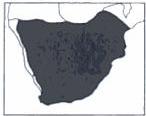 Habitat
Habitat
The Puff adder is found in all habitats except for true deserts and rain forests and mountain tops. The preferred habitat for the species includes open grassland, savanna, open woodlands and rocky outcrops.
Behaviour
Puff adders are described as being both diurnal and nocturnal although they are mostly active at night.
This species willingness to bite is greatly exaggerated. As with all snakes, it is reluctant to bite unless provoked. The species is quite sluggish preferring to rely on its cryptic colouration and patterns for camouflage, and will only bite if trodden on, or surprised.
If disturbed, they will hiss loudly and continuously, adopting a tightly coiled defensive posture with the fore part of their body held in a taut 'S' shape. At the same time, they may attempt to back away from the threat towards cover. They may strike suddenly and at a high speed, to the side as easily as forwards, before returning quickly to the defensive position, ready to strike again. During a strike, the force of the impact is so strong, and the long fangs penetrate so deeply, that prey items are often killed by the physical trauma alone. The fangs are apparently able to penetrate soft leather. They can strike to a distance of about one third of their body length, but juveniles will launch their entire bodies forwards in the process. These snakes rarely grip their victims, instead releasing quickly to return to the striking position.
Locomotion is primarily rectilinear, using the broad ventral scales in a caterpillar fashion and aided by its own weight for traction. When agitated, it can resort to a typical serpentine movement and move with surprising speed. Although mainly terrestrial, these snakes are good swimmers and can also climb with ease; often they are found basking in low bushes. One specimen was found 4.6 m above the ground in a densely branched tree.
Diet
Mostly nocturnal, they rarely forage actively. Their prey includes mammals, birds, amphibians, and lizards. This species does not actively hunt, but rather lies in ambush and waits for prey to come within striking distance. Prey items are seldom gripped, instead, the Puff Adder will strike out quickly, inject their venom in a fraction of a second, and then follow the prey's scent using their forked tongue.
Predators
The Puff adder is primarily preyed on by Herpistidae (particularly mongooses and honey badgers), birds of prey (e.g. Secretarybirds and Snake eagles ), Ground Hornbills, warthogs, and other snakes.
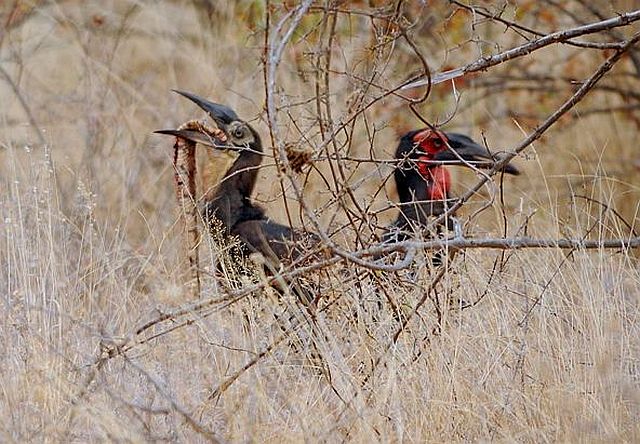
© Dewi
Reproduction
Females produce a pheromone to attract males, which engage in neck-wrestling combat dances. Mating usually occurs in spring.
Puff adders are ovoviviparous. Ovoviviparity means that the young develop within an egg, and are nourished by the egg yolk, but instead of being incubated externally, the eggs are retained within the organisms body until they are ready to hatch. The average litter size is between 20-50 young. Litters of 80 young have been recorded on several occasions. Very large specimens, particularly those from East Africa, give birth to the highest numbers of offspring. The record size of a litter was recorded by a large female which had a litter of 156 young. The gestation period in this species is between 7-9 months although some records show a gestation period over 12 months. The young measure between 13-20 cm.
Venom
The venom is cytotoxic (tissue destroying). This species is responsible for more fatalaties than any other African snake. Although the puff adder is classified as the most dangerous snake in Africa, it is neither the deadliest, nor the most venomous snake in Africa. Although bites are common, only a small proportion results in human fatality. In South Africa alone the Puff adder is responsible for 60% of all recorded snakebites.
The average venom yield per bite is between 100-300 mg with the maximum yield of around 700 mg. 100 mg is fatal in humans. A bite from this snake may result in death after 26 hours if treatment is not received. Deep necrosis may result in severe cases which may lead to the amputation of the affected limb, and extensive reconstructive surgery is often needed. Death usually results from kidney failure and other complications as a result of extensive swelling.
Links:
Bill Branch,William R. Branch: A Photographic Guide to Snakes and Other Reptiles of Southern Africa

© Bushcraft
Lake Eland

© aat
Kruger National Park, S36
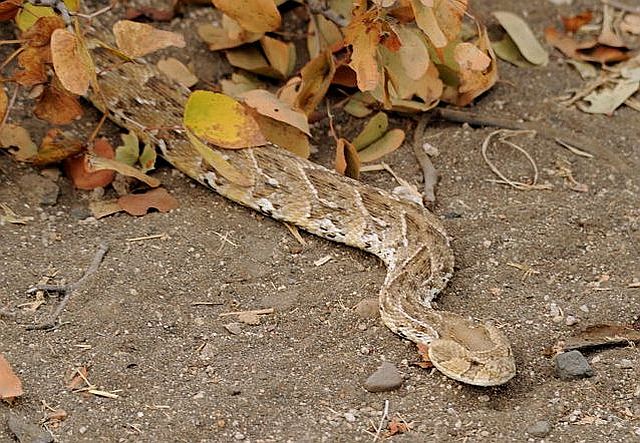
© Dewi
Kruger National Park
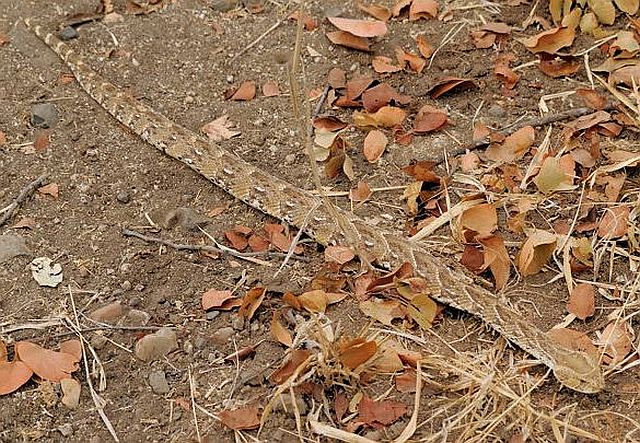
© Dewi
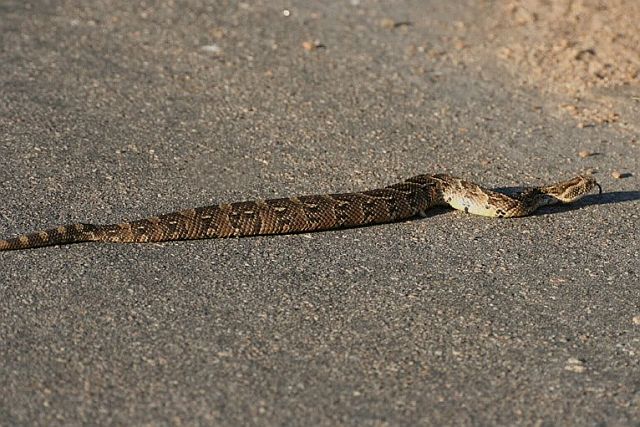
© leachy

© Bushcraft
Kruger National Park S139
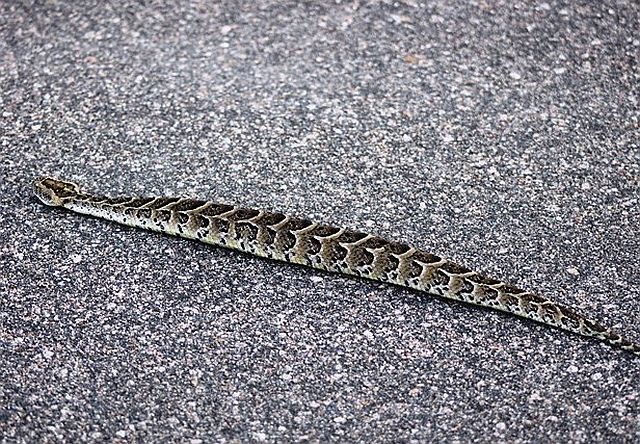
© Heksie
Kruger National Park
Puff Adder Ingests Whistling Rat - Kgalagadi Jan 2016 by Michele Nel
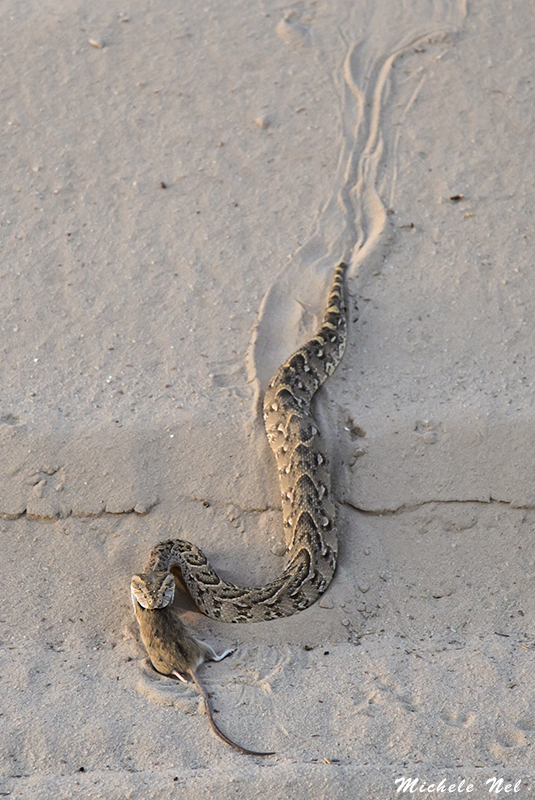
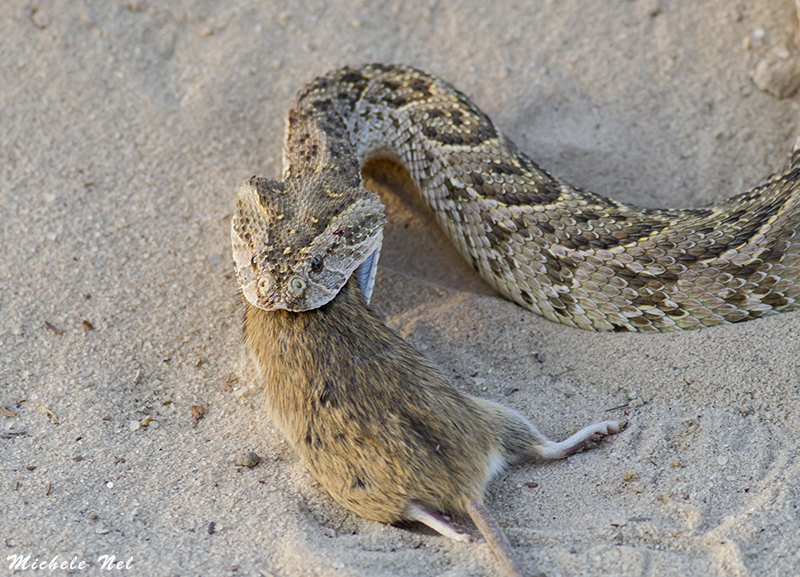
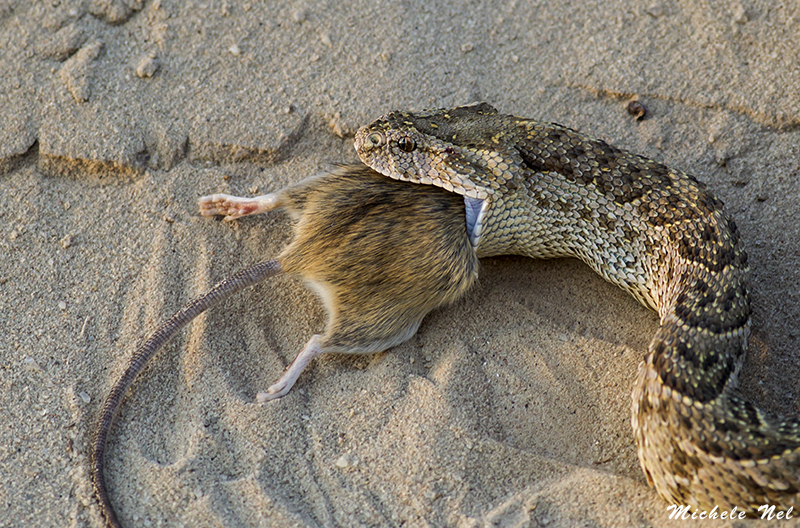

Video of Puff Adder swallowing a Whistling Rat
View My Video
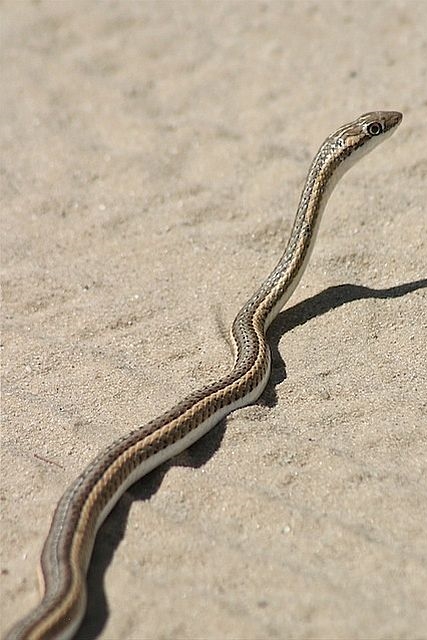 © ExFmem
© ExFmem

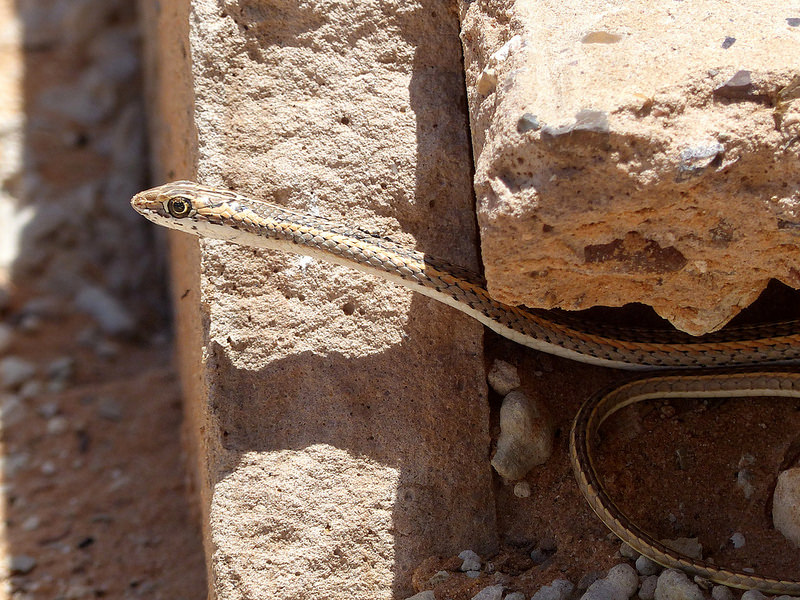
 © nan
© nan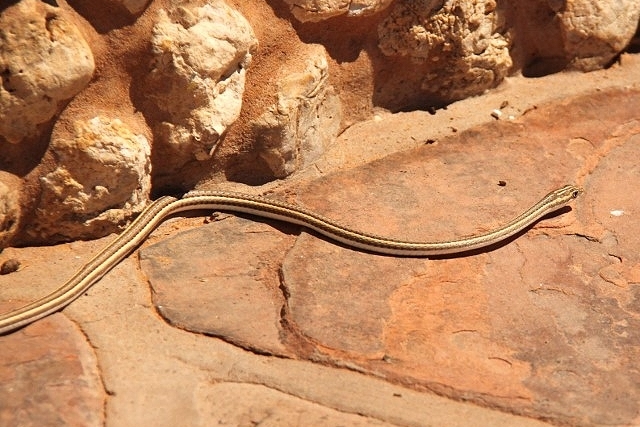 © nan
© nan © nan
© nan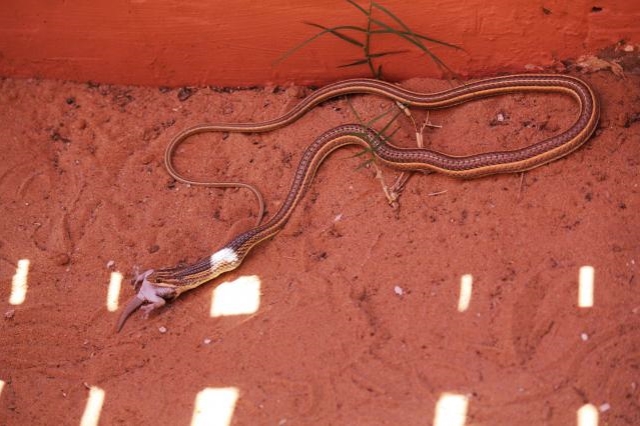 © General Gump
© General Gump © General Gump
© General Gump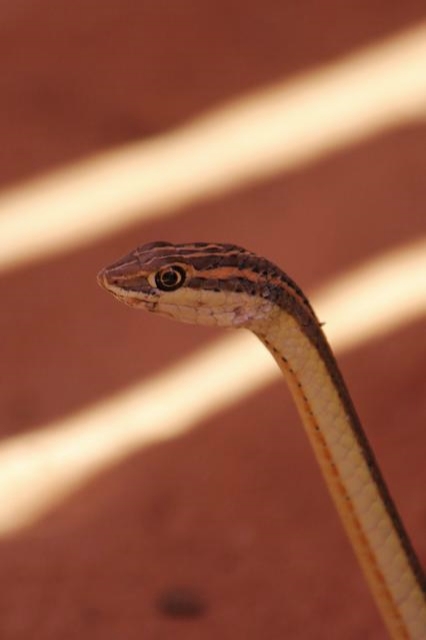 © General Gump
© General Gump





 © Dewi
© Dewi © Bushcraft
© Bushcraft © aat
© aat © Dewi
© Dewi © Dewi
© Dewi © leachy
© leachy © Bushcraft
© Bushcraft © Heksie
© Heksie



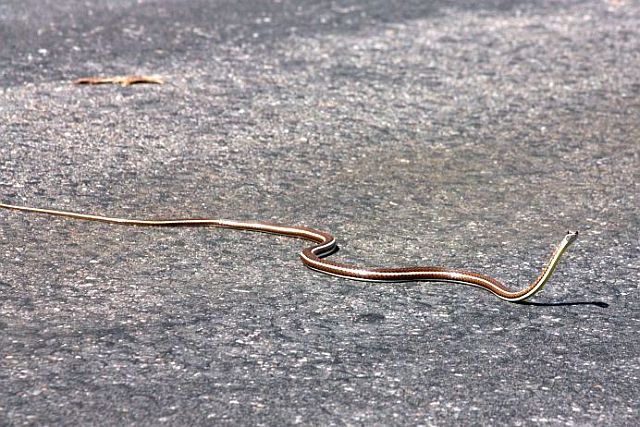
 © Super Nova
© Super Nova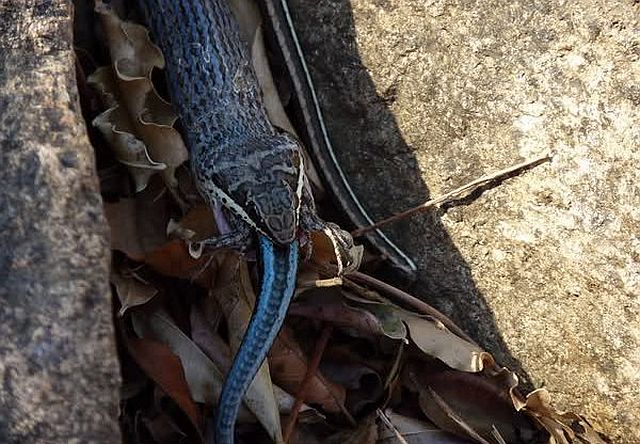 © Bushcraft
© Bushcraft © Bushcraft
© Bushcraft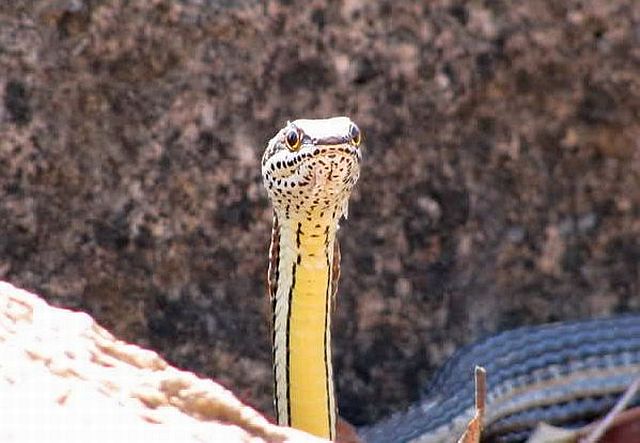 © Bushcraft
© Bushcraft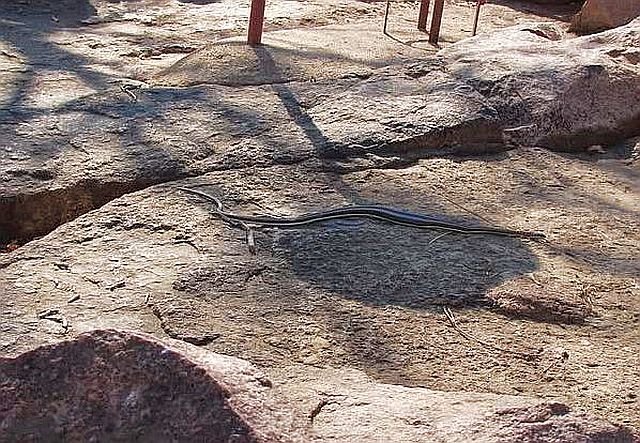 © Bushcraft
© Bushcraft © Sprocky
© Sprocky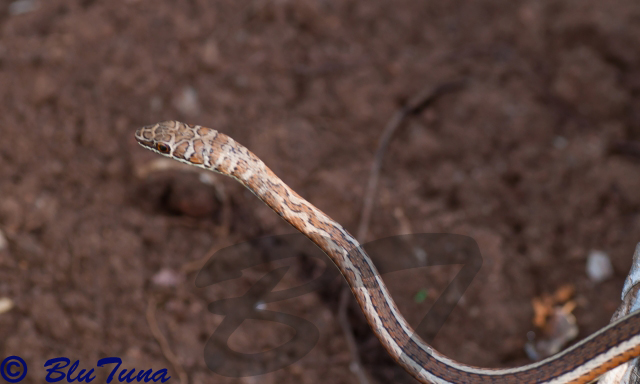 © BluTuna
© BluTuna © leachy
© leachy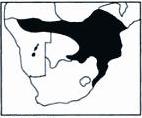
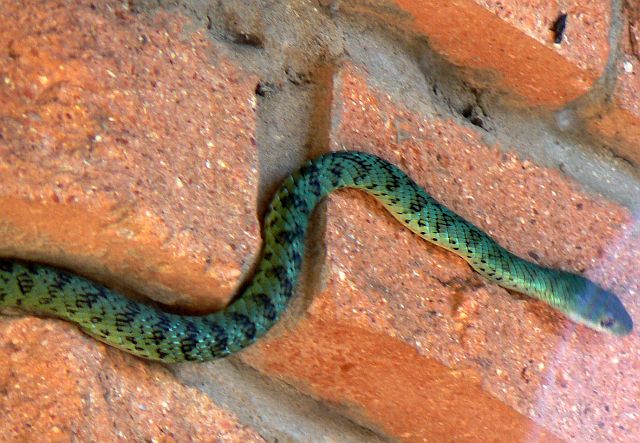

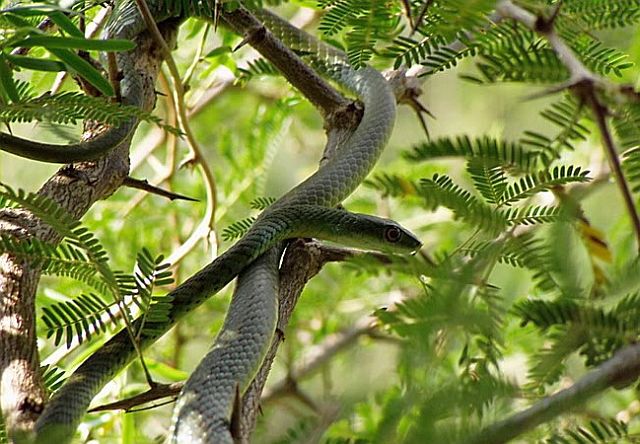 © Bushcraft
© Bushcraft © leachy
© leachy © BluTuna
© BluTuna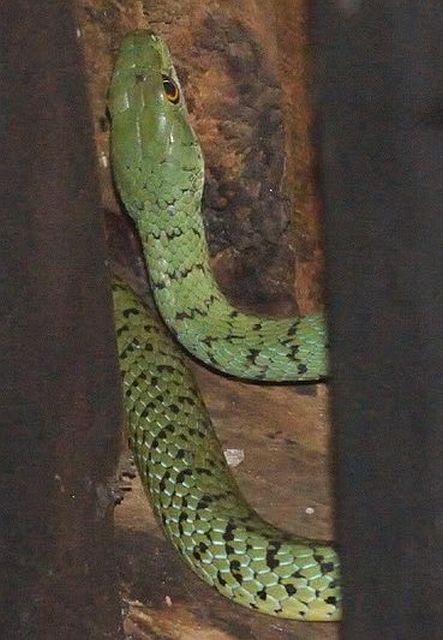 © BluTuna
© BluTuna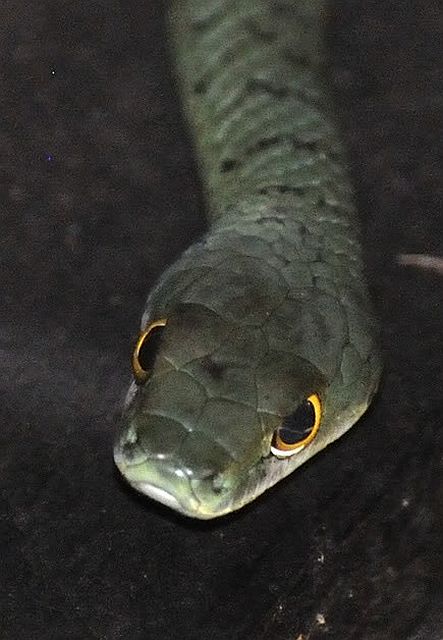 © BluTuna
© BluTuna © BluTuna
© BluTuna © BluTuna
© BluTuna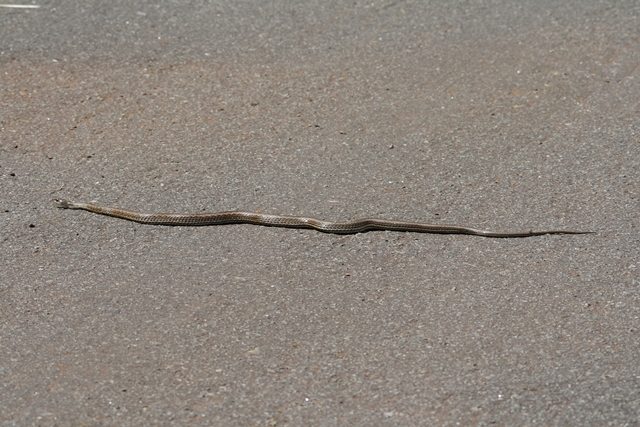


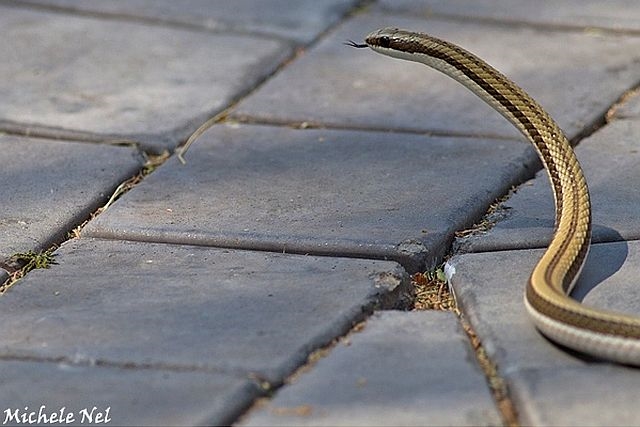 © Michele Nel
© Michele Nel © Sprocky
© Sprocky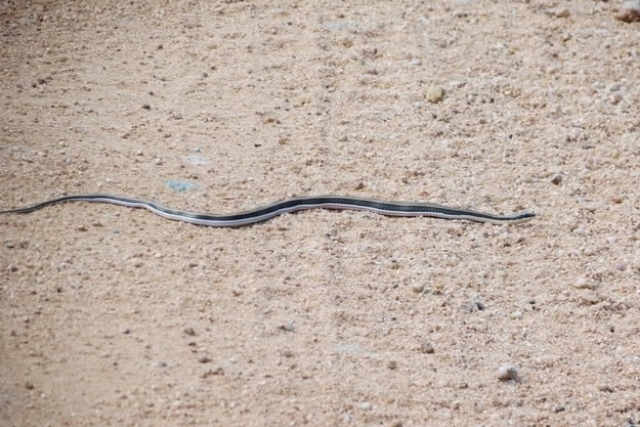 © Bushcraft
© Bushcraft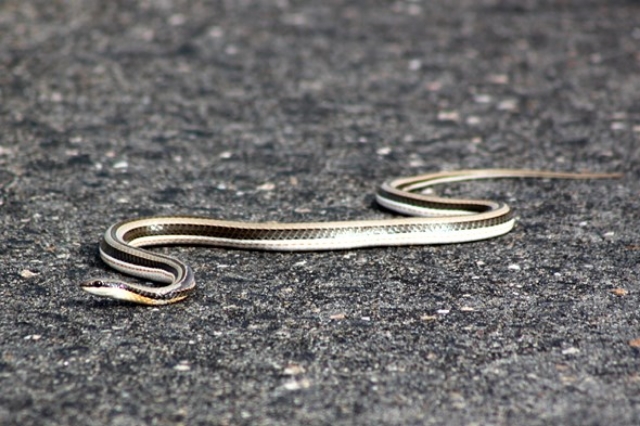 © Heksie
© Heksie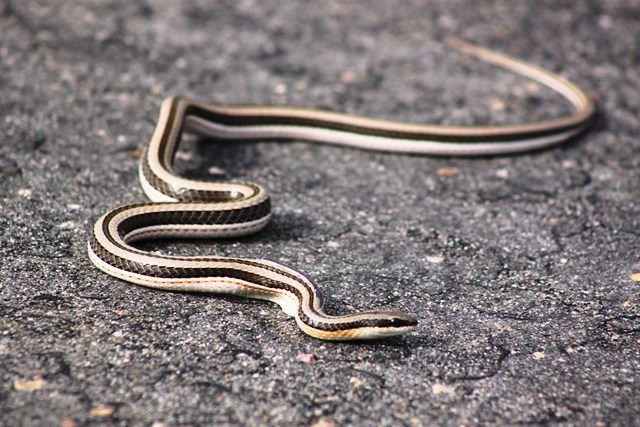 © Heksie
© Heksie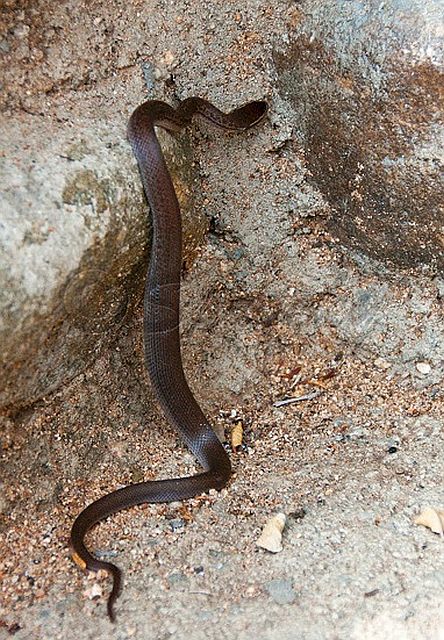 © Sprocky
© Sprocky © Sprocky
© Sprocky © Sprocky
© Sprocky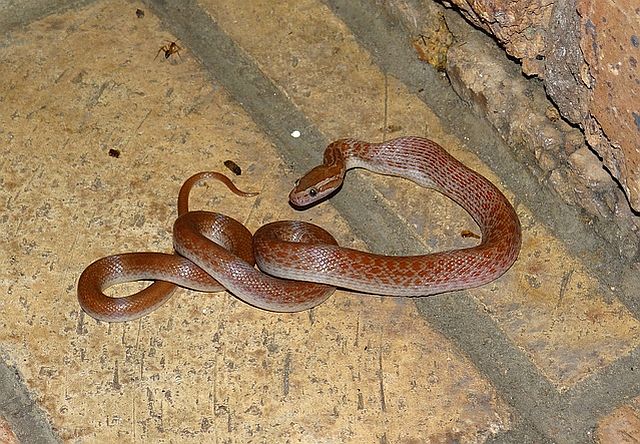 © Twigga
© Twigga © leachy
© leachy © Heksie
© Heksie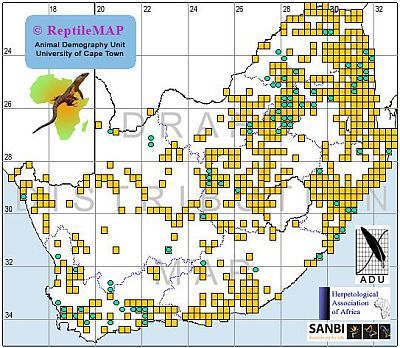
 © Bushcraft
© Bushcraft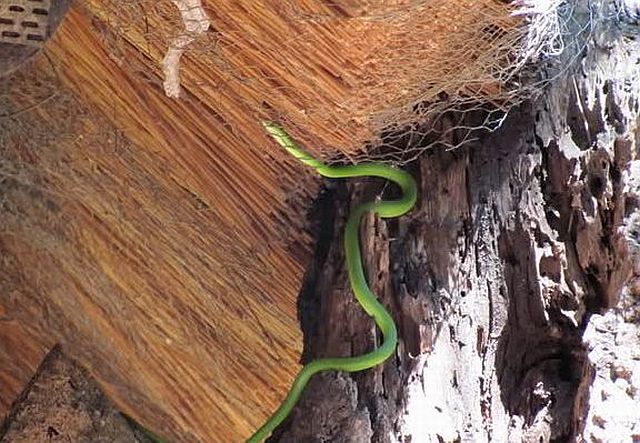 © Bushcraft
© Bushcraft © Bushcraft
© Bushcraft © Bushcraft
© Bushcraft © Heksie
© Heksie © Heksie
© Heksie © Sprocky
© Sprocky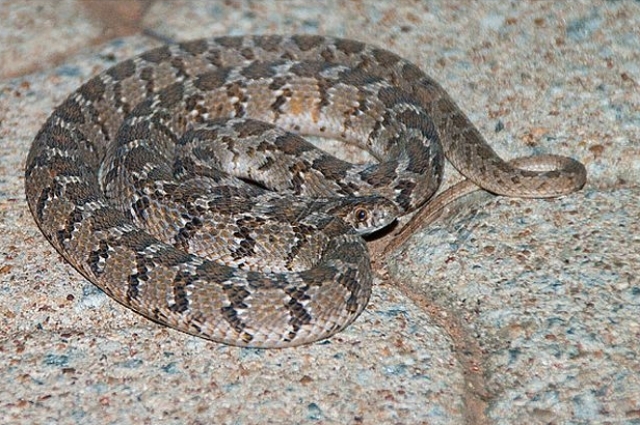 © Sprocky
© Sprocky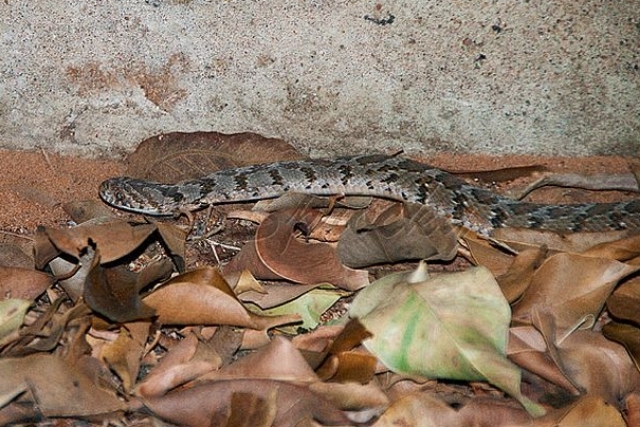 © Sprocky
© Sprocky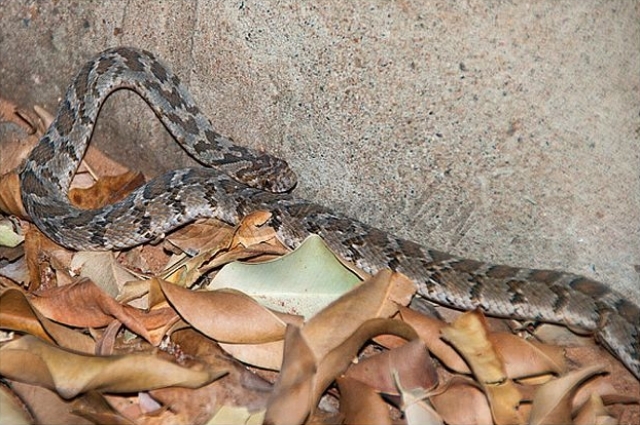 © Sprocky
© Sprocky